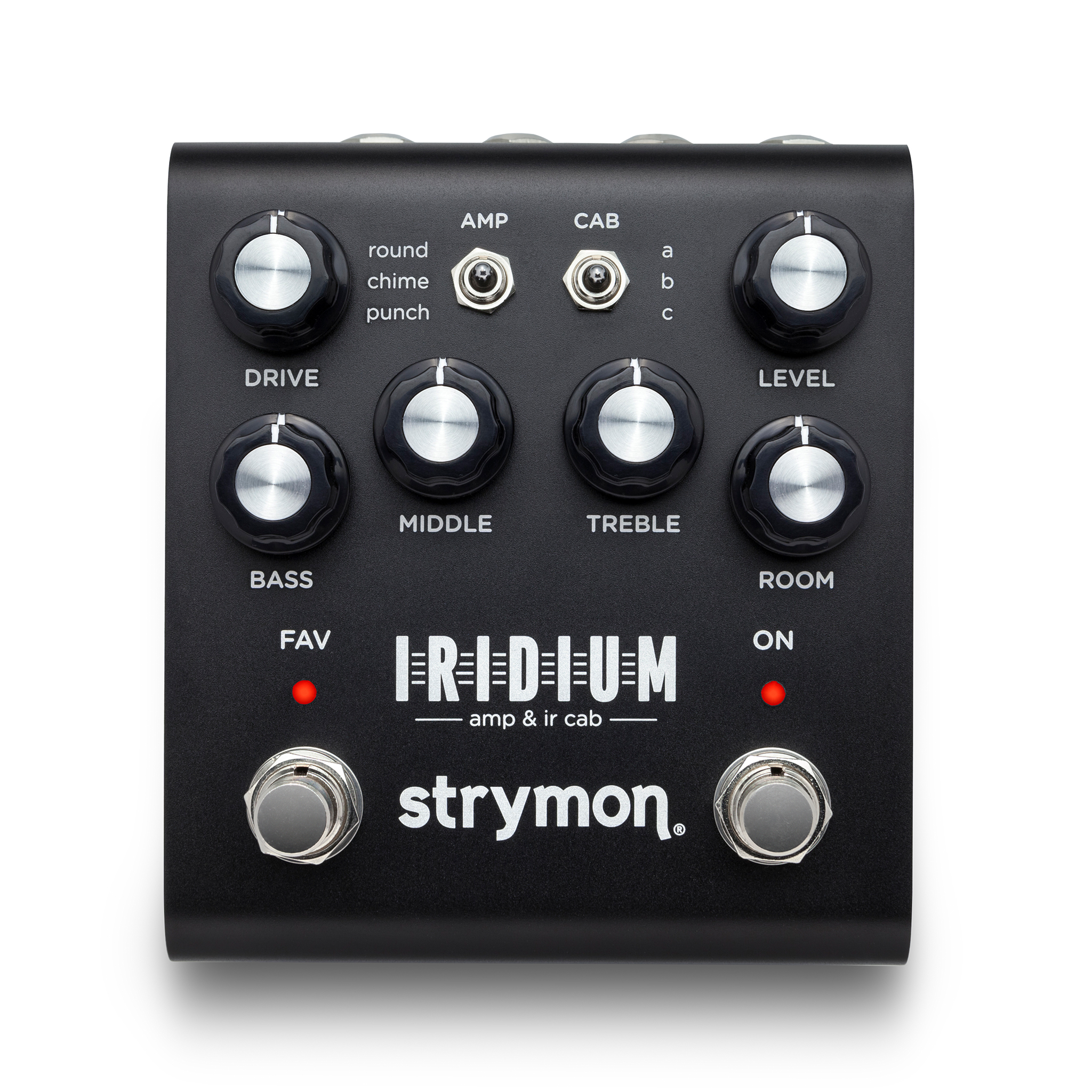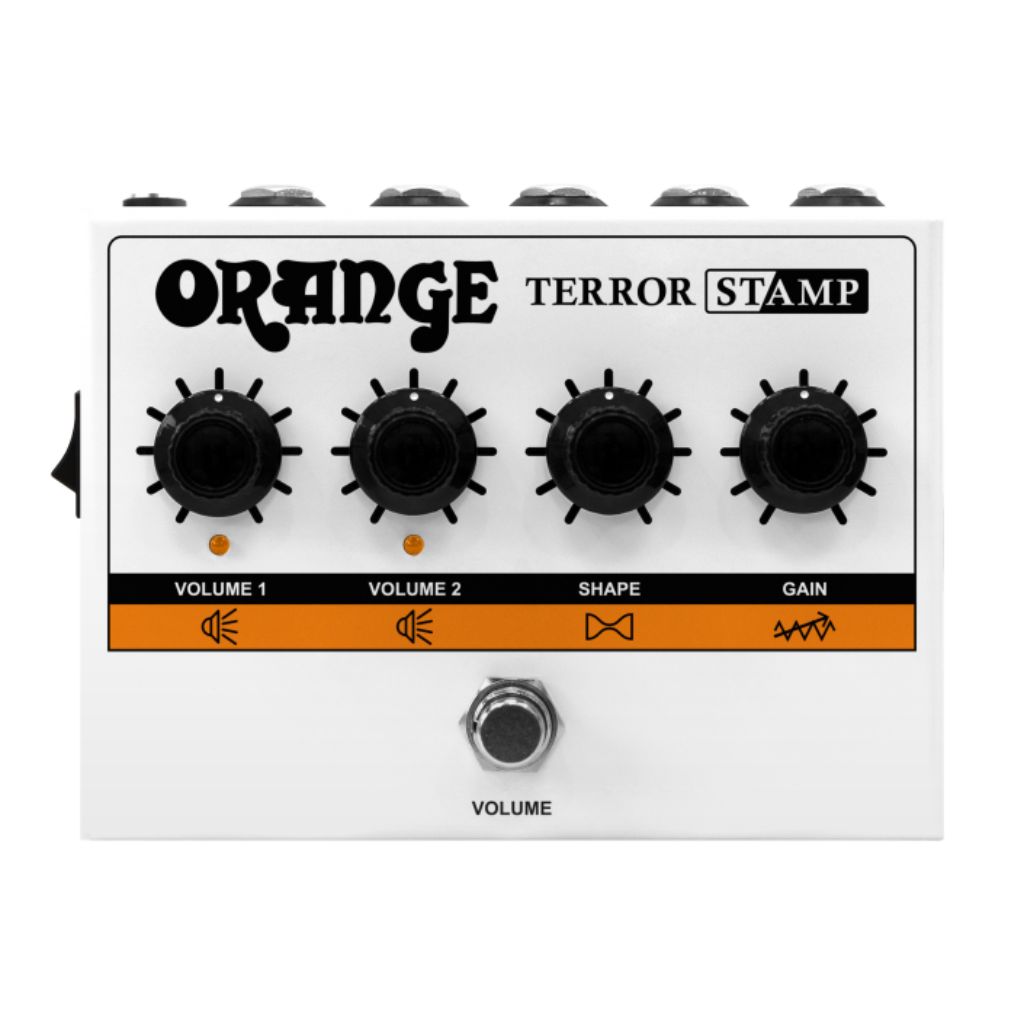Related Tags
The best guitar amps to buy in 2023: 14 best pedalboard amps
If you’re thinking of adding a pedalboard-sized amp to your rig, check out our picks of the best examples on the market today.
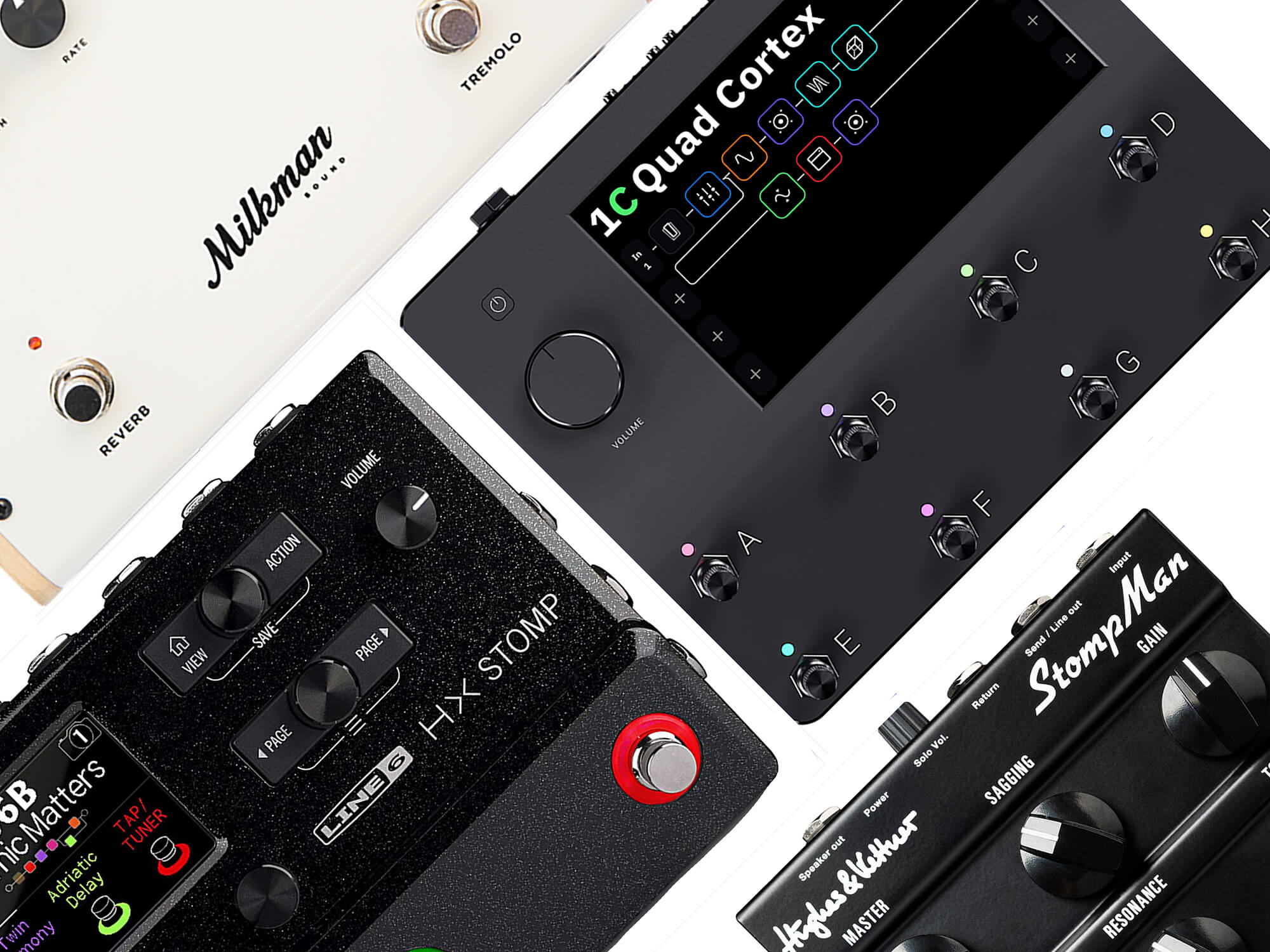
Featured in this article
Pedalboard amplifiers are the ultimate portable amplifier situation. When many of us are getting the core of our sounds from our ’boards, why not go the extra mile and move the amplification solution to the floor too? Luckily, there are lots of fantastic space- and back-saving options out there if you’re so inclined.
What are cab sims and IR technology?
Before we dive in, a quick note: not all pedalboard amps fill the same need. The main difference is in the form of power amplification: some pedalboard amps are a very literal interpretation of those two words, effectively a full-blown amp head scaled down to fit alongside your pedals. These are capable of running via a speaker cable into a traditional cabinet, bearing the power-amplification stage needed to drive a guitar cabinet.
On the other hand, some pedalboard amplifiers offer cabinet simulation. This signal can then be fed straight into an audio interface or mixing board. There’s a lot of crossover between the two camps, but these are the two core approaches you’ll find in this corner of the gear world and it’s important to understand them, before you run a 100-watt signal into a mixing desk and something explodes.
The best pedalboard amplifiers to buy in 2023 at a glance:
- Boss GX-100
- Blackstar Dept. 10 Dual Drive / Dual Distortion
- UAFX Guitar Amp Emulators
- Hughes & Kettner StompMan
- Neural DSP Quad Cortex
- Orange Terror Stamp
- Line 6 HX Stomp
- Walrus ACS1
- DSM & Humboldt Simplifier
- Strymon Iridium
- BluGuitar Amp 1 Mercury Edition
- Hotone Mojo Attack
- Seymour Duncan PowerStage 170
- Milkman Sound The Amp
Boss GX-100

+ Huge library of amps and effects
+ Intuitive interface
– Might not be compact enough for some rigs
Boss’ latest floor-based multi-effects processor boasts an impressive 154 effects and 23 amps, alongside 100 factory preset effects chains and 200 slots for your own. Each effect chain can be put together with up to 15 modules, and the state-of-the-art AIRD (Augmented Impulse Response Dynamics) technology the virtual amplifiers use helps separate the unit’s simulated ‘in-the-room’ sounds from the rest of the pack.
Aside from its flagship feature – a touchscreen interface that allows drag-and-drop rearrangement of effects blocks – interacting with the unit also happens through tactile parameter knobs, a number of footswitches and an expression pedal. I/O is incredibly extensive, with a number of options for running the unit either as a traditional multi-effects, into a mixer or audio interface, or as an interface itself via USB.
For its wide featureset and impressive hardware, the GX-100 is also notably affordable, a good £300 less than its larger sibling the GT-1000.
Price: £499 / $599.99
Description: Floor-based multi-effects unit with on-board amplifier simulation and drag-and-drop effect reorganisation
Built-in power amplifier: No
Mono or stereo: Stereo
Reda our Boss GX-100 review here.
Blackstar Dept. 10 Dual Drive / Dual Distortion

+ Real valves onboard
+ Very compact
– No on-board effects other than drive
No, you haven’t accidentally switched over to our best overdrives list: Blackstar’s new Dept. 10 pedals on the surface might just seem like tube-driven boost and drive pedals, however, they’re loaded with CabRig – Blackstar’s impressive proprietary cabinet and amplifier simulation tech, which has a bevy of deep-edition options available via software.
So, essentially, you have the best of both worlds – the sounds of overdrive and distortion achieved by a real preamp tube, combined with the size, weight and customizability provided by state of the art DSP cabinet simulation. The sounds can be run via XLR into a mixer or an interface, or the pedals themselves can work as discrete interfaces via USB. And, the pedals can still function like regular two-channel overdrive or distortion pedals when run into the front of an amplifier.
Price: £229 / $239
Description: Valve powered dual-channel overdrive/distortion pedals with on-board cabinet simulation
Built-in power amplifier: No
Mono or stereo: Stereo
Read our Blackstar Dept. 10 Dual Drive / Dual Distortion review here.
UAFX Guitar Amp Emulators
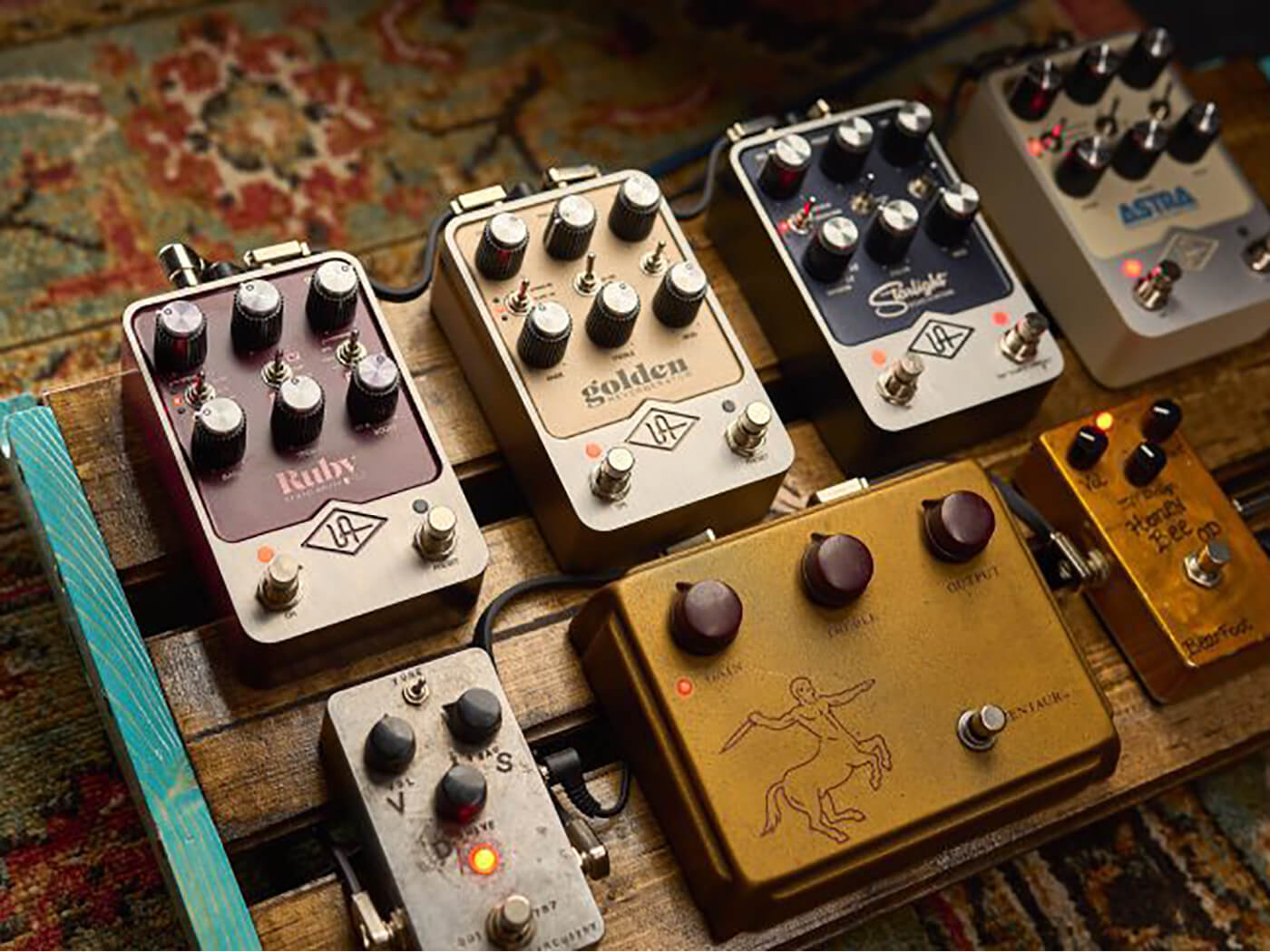
+ Ultra-high quality sounds
+ Faithful selection of on-board effects
– One amplifier model per pedal
Universal Audio is, of course, no stranger to the world of DSP. This trio of new pedals from the brand, under its UAFX line, zeroes in on the amplifier side of things (following modulation, delay and reverb pedals, also released as a trio), with black-panel and tweed Fender combos and a Vox AC30 represented in the lineup.
Each amp emulator pedal includes a speaker cabinet, mic, and room tones derived from the award-winning OX Amp Top Box. As a handy bonus they’re all also incredibly compact, making them a great option if you want to add amplifier emulation to your own pedalboard rig, or just use them as a much more compact alternative to the full-sized combo amplifiers – have you ever tried to fit an AC30 in the front pocket of a gigbag? It’s pretty tricky.
Price: £339 / $399
Description: Range of three pedals offering digital simulations of classic combo amplifiers, with preset storage faithful on-board effects
Built-in power amplifier: No
Mono or stereo: Stereo
Hughes & Kettner StompMan
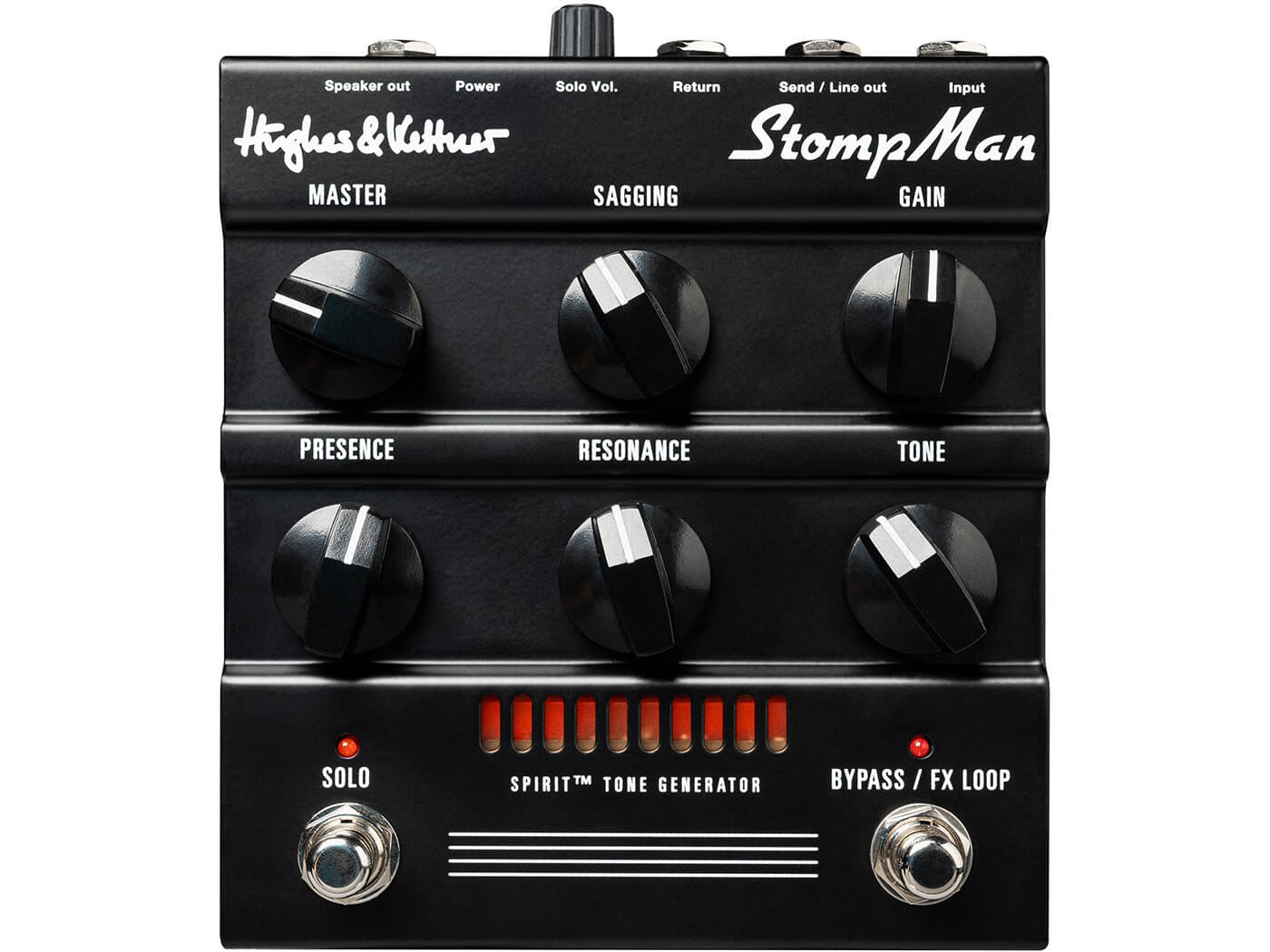
+ Powerful given its size
+ Fully analogue
– Not for those who need a direct solution
The StompMan falls into the more traditional categorisation of “pedalboard amplifier”, being essentially a standard guitar amplifier head shrunk down to the size of a pedal. Its power amp section is rated 50 watts at four ohms – more than enough for enough stage volume to compete with a drummer, and fill out a venue without mic’ing up the cabinet.
Onboard, you’ll find a preamp section driven by Hughes & Kettner’s Spirit Tone Generator, with controls for gain and tone. The power amp has controls for sagging, master volume, presence and resonance, as well as a configurable solo boost to kick up the master volume level as needed. There’s also an effects loop for inserting pedals between the preamp and the power amp, and the right footswitch can be configured to either engage the effects loop or remove the preamp from the chain, if you’d rather just use the power amplifier of the StompMan.
While it’s not as feature-packed as some of the more digital-heavy units on this list, it does retain a fully analogue signal path – which might be important to you – and is significantly more affordable. If you’re looking for a simple way to drive a cabinet, one that can be easily placed on a pedalboard, the StompMan could be just right.
Price: $239 / £159
Description: Analogue amplifier head in pedal format, rated for 50 watts at four ohms
Built-in power amplifier: No
Mono or stereo: Stereo
Walrus Audio ACS1
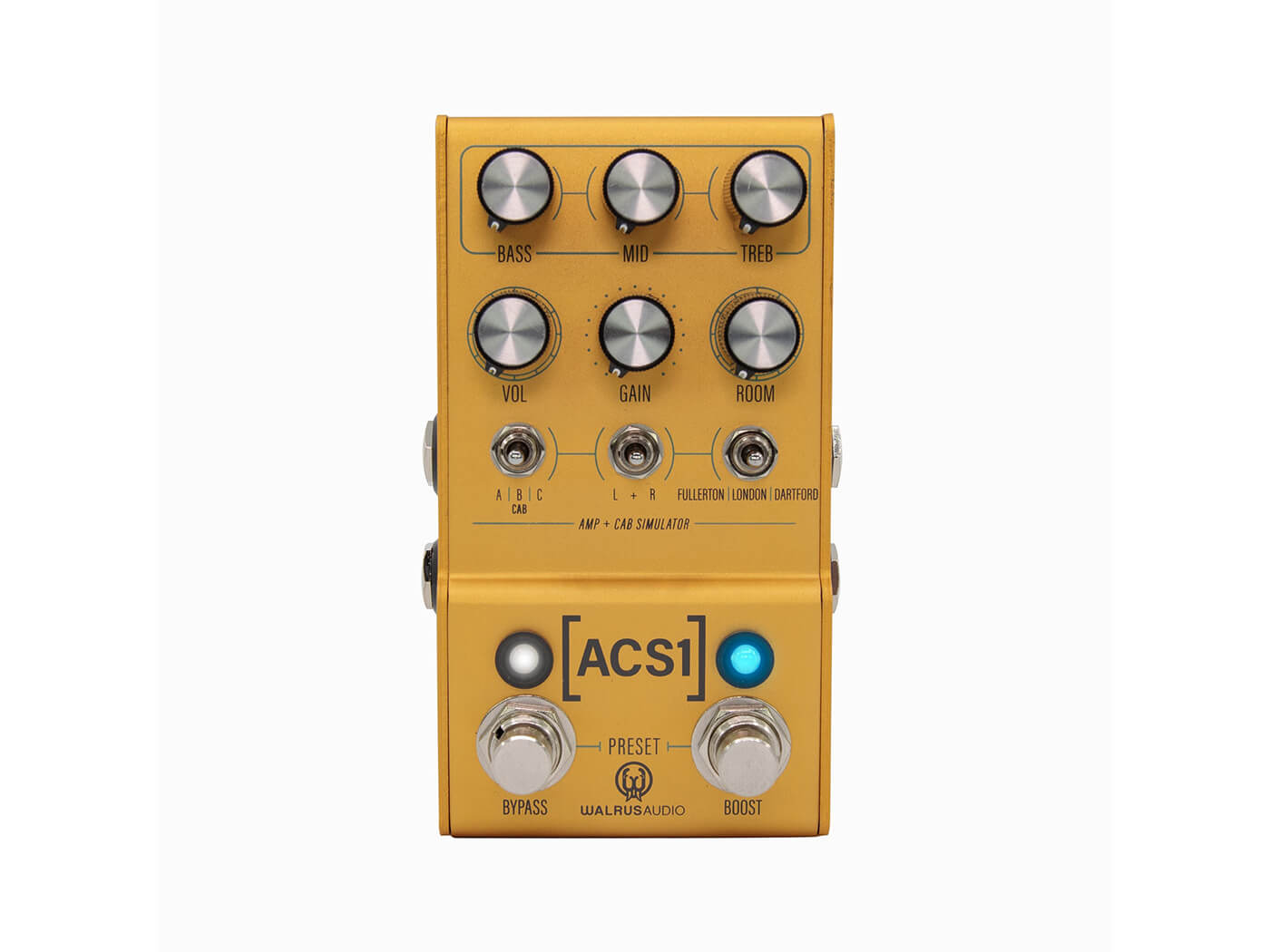
+ Lively and realistic amp models
+ Individually configurable stereo channels
– No XLR out
The third entry in the Mako series from Walrus Audio, the ACS1’s name helpfully stands for Amp and Cab Simulator. It packs a lot of the core features of a pedalboard amp into a tiny enclosure, no bigger than your average Tube Screamer. There’s a selection of amps inspired by three stalwarts of the guitar world: Fullerton offers Fender-y cleans, Dartford some AC30 bite and London some Marshall roar. And for even more flexibility, you can load your own cabinet IRs on top of the six options offered stock.
Excitingly, amplifier models can be chosen independently for the left and right channels, boiling down a dual-amp stereo rig into something that fits in the front of your gig bag. While it might not power a speaker cabinet by itself, it’s a great option to run straight into the front-of-house. And, in these times when home recording is more prevalent than ever, it’s a wonderful pairing with a dual-input audio interface for a full-sounding and perfectly silent home-recording rig.
Price: £365/$399
Description: Two-channel digital amp and cab simulator pedal, made in USA
Built-in power amplifier: No
Mono or stereo: Stereo
Read our Walrus Audio ACS1 review here.
Neural DSP Quad Cortex
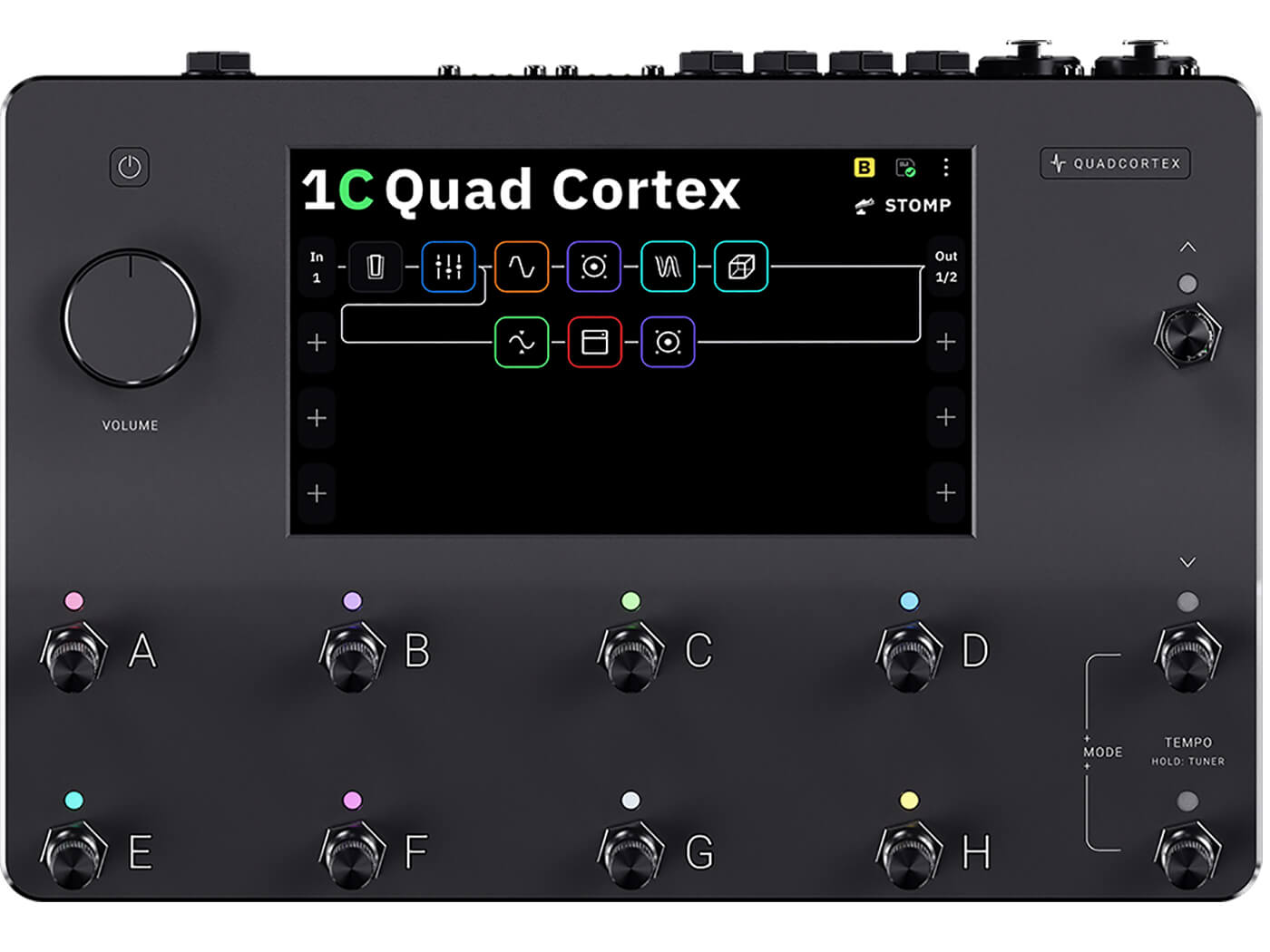
+ Tons of processing power
+ Can profile a pedal accurately
– Not for the menu-averse
The latest from digital modelling giants Neural DSP, the Quad Cortex spares no expense when it comes to processing power. A sleek, black enclosure houses enough CPU muscle to run a plethora of effects and amp models in series or parallel, or play the 1993 video game Doom. The only real limitation to the sound you want to coax out of it will be option paralysis: on top of 50 amps, 70 effects and 1,000 impulse responses, the Quad Cortex can profile your favourite stompboxes. Perfect if you don’t want to subject that Klon to the rigours of the road.
The ability to profile your own rig is especially handy considering the Quad Cortex’s size. While it’s by no means gargantuan, it is big enough to make fitting it into a bigger rig a little tricky. The Quad Cortex is designed to effectively be a pedalboard, on top of being an amplifier and audio interface.
Price: £1,449/$1,599
Description: High-powered digital modelling effects unit
Built-in power amplifier: No
Mono or stereo: Stereo
Read our Neural DSP Quad Cortex review here.
Orange Terror Stamp
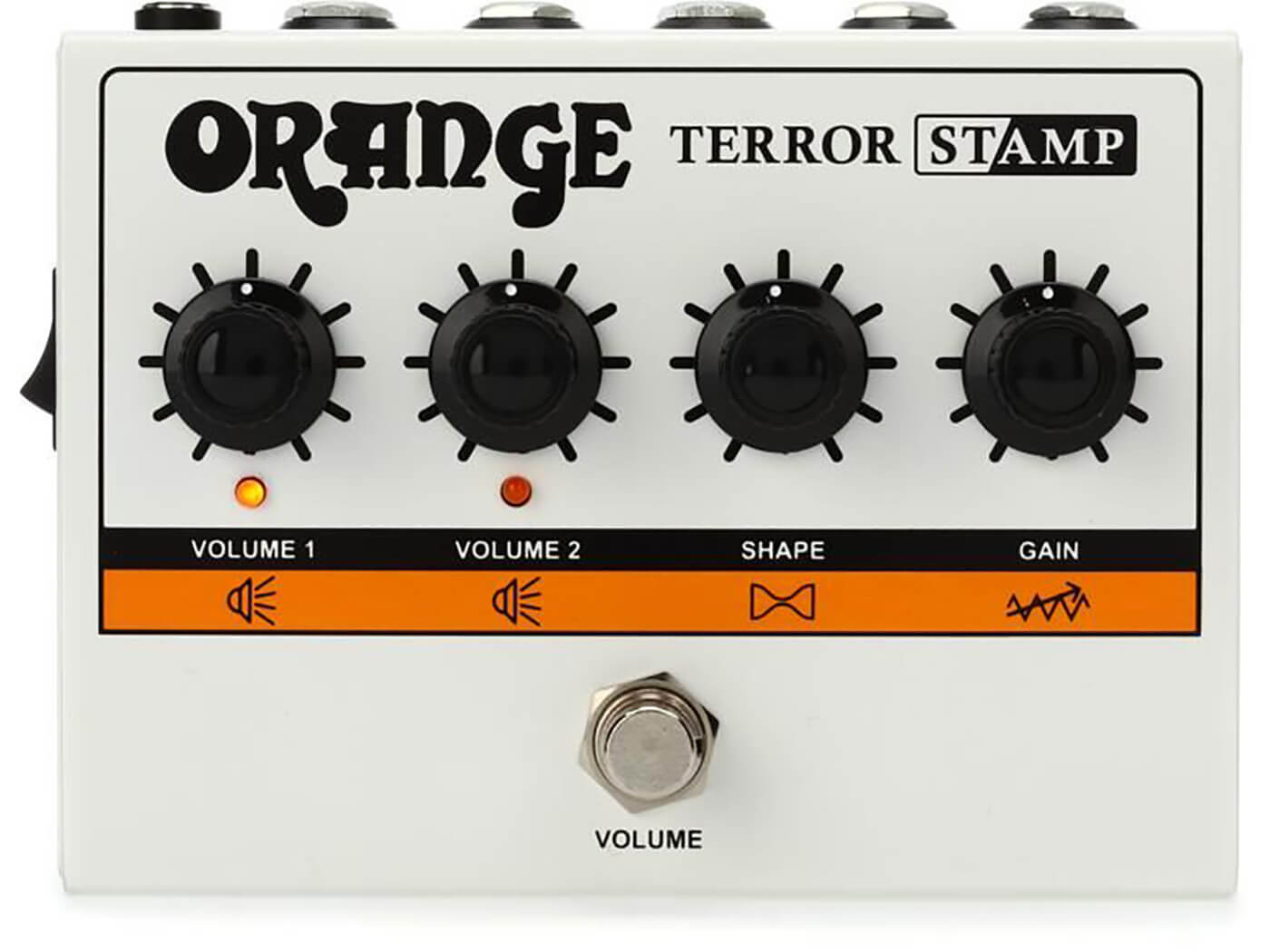
+ Perfect for the menu-averse
+ Raucous sounds to match straightforward design
– Not for the multi-effects inclined
If the Neural DSP Quad Cortex is a high-powered laser sword from space year 2900, then the Orange Terror stamp is a hammer. A lot simpler, but you still wouldn’t want to get hit by one. Metaphorically. Or literally, for that matter, as the Terror Stamp is effectively a pedal-sized version of the Orange Tiny Terror, complete with the same sturdy metal design.
On board you’ll find a real glowing tube in the preamp stage, ideal if you want a more compact rig but don’t fancy abandoning analogue technology just yet. A solid-state power stage kicks out 20 watts into a speaker cabinet if you’re so inclined, but there’s also a cabinet-simulated headphone output for either silent playing or running direct.
A handy feature is the ability to switch between two master volumes with the footswitch for a truly clean solo boost, as well as an in-built effects loop to make full use of the amp’s on-board gain. Which, true to Orange’s stylings, there’s no shortage of.
Price: £149/$199
Description: all-analogue guitar amplifier head with pedal form factor and hybrid valve/solid-state preamp/power amp respectively
Built-in power amplifier: Yes
Mono or stereo: Mono
Read our Orange Terror Stamp review here.
Line 6 HX Stomp
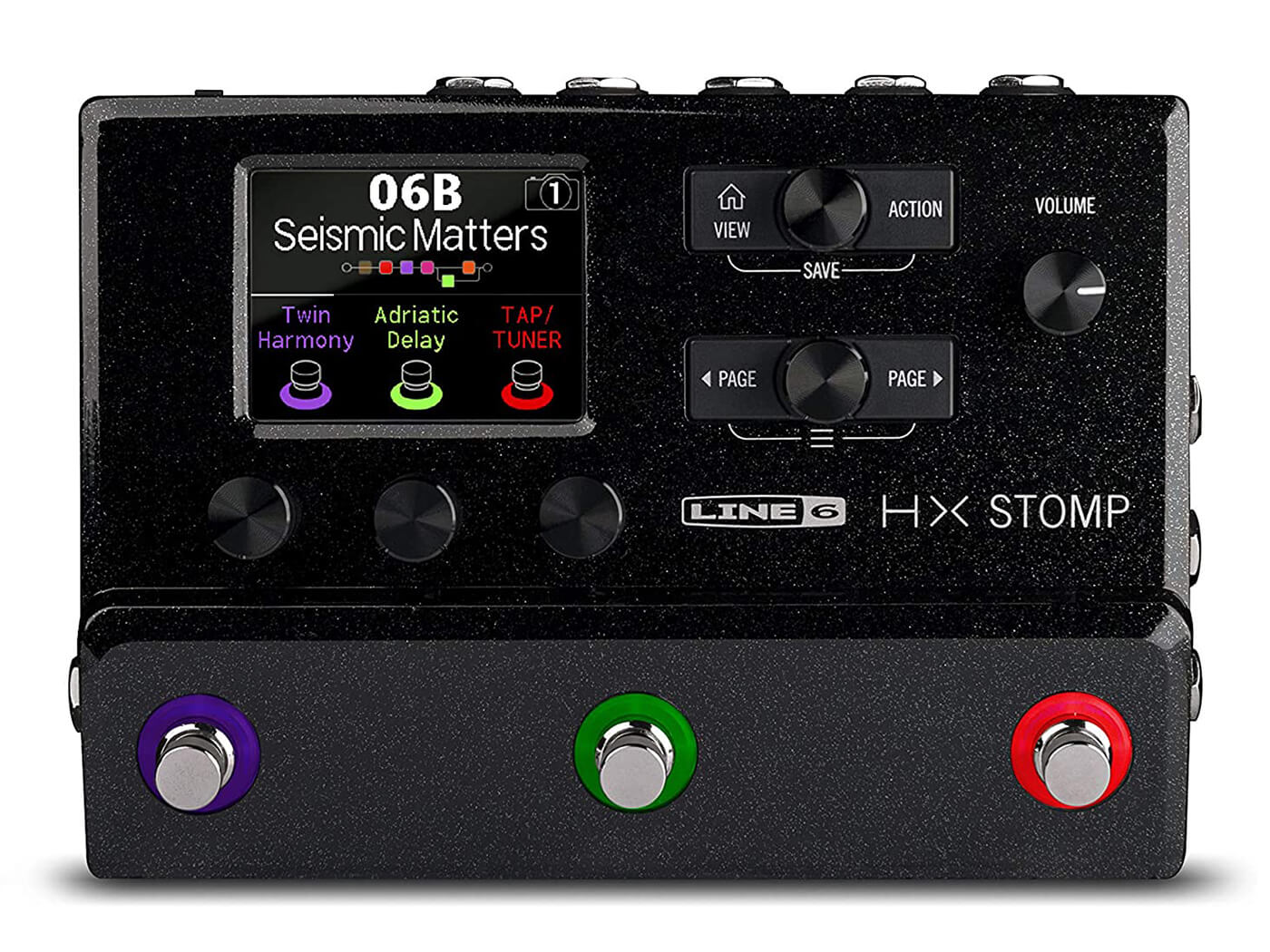
+ Powerful processing for such a small unit
+ Versatile connections
– Number of effects you can use simultaneously is limited
As powerful as it is compact, the HX Stomp uses the same Helix DSP engine found in Line 6’s other effects units. This means you can use six simultaneous amp, cab, and effect blocks, with support for parallel signal splitting and stereo effects.
Those looking for a flexible piece of kit will be pleased to hear that the HX Stomp, as much as it can work as a complete rig in and of itself, can happily sit in front of an amp or other ‘regular’ pedals. The “four cable method” also allows you to use the HX Stomp simultaneously in front of an amp and in its effects loop. This means you can have an effects box to play with at home for direct recording or silent practice, and when needed you can still bring the volume with a powered cabinet or a regular amp.
Price: $599.99
Description: Digital modelling stompbox with preset support
Built-in power amplifier: No, but the HX Stomp has power amp modelling
Mono or stereo: Stereo
DSM & Humboldt Simplifier
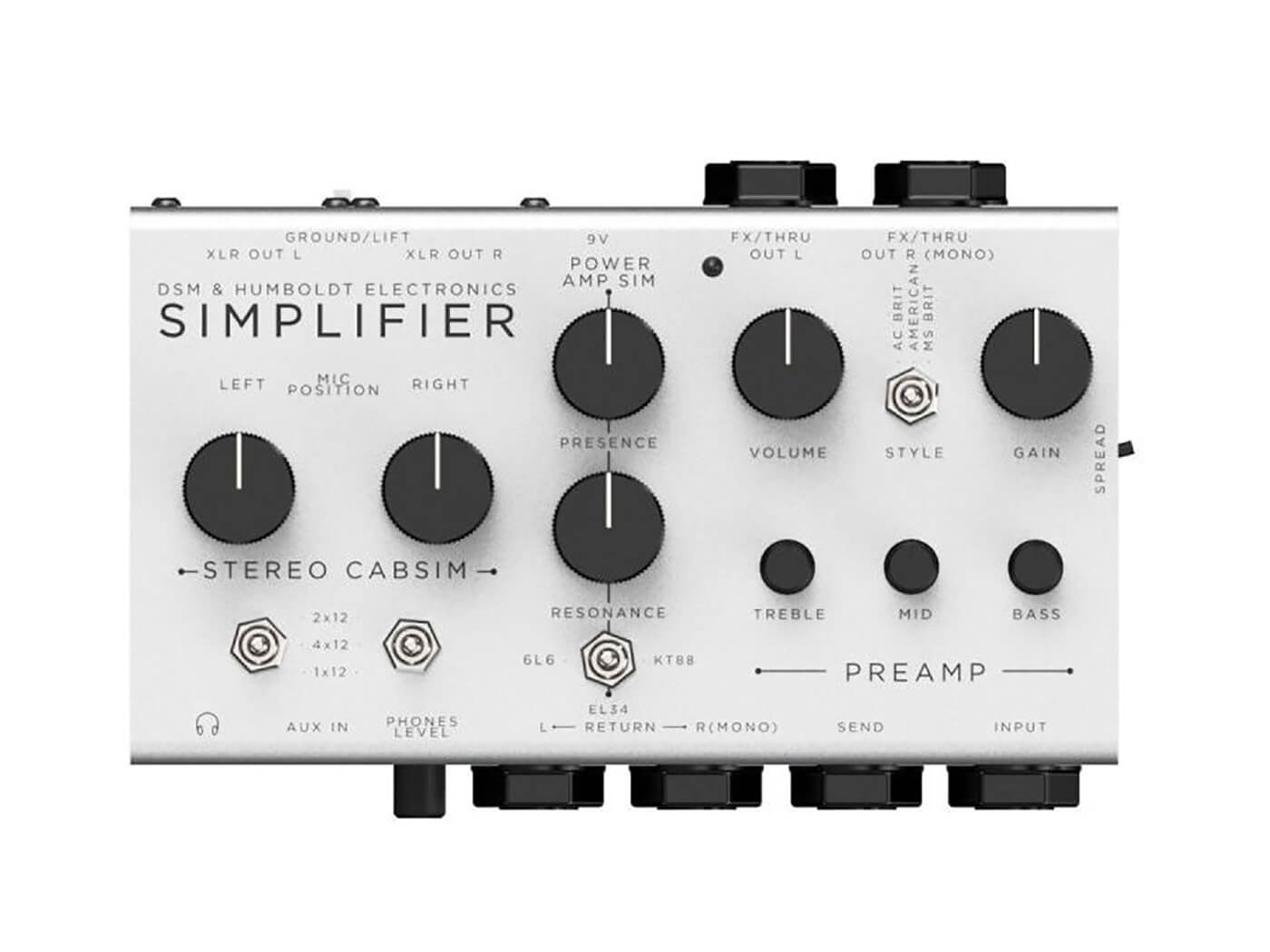
+ Very versatile I/O
+ In-depth cab sim and power amp sim controls
– Not for every rig
For something called the Simplifier, this sure has a lot of connections. Luckily, they’re all in service of one thing: giving even the most rats-nest-esque stereo rigs an elegant, understandable signal flow.
With discrete preamp and stereo cab simulation, you can either run the Simplifier into your power amp of choice or directly into a mixing board or interface. A stereo effects loop also means you can make full use of stereo delays and reverbs, two XLR outs and a pair of 1/4-inch outs to open up a world of possibilities for running direct, into other amps or both.
The level of cab simulation gets very in-depth, especially for such a small unit, thanks to separately assignable cab models and microphone positions for the left and right channels. The power amp simulation also goes above and beyond, with presence and resonance knobs, and the choice of 6L6, EL34 or KT88 simulation.
Price: £279/$279.99
Description: Preamp, power amp and cab sim with versatile controls and I/O
Built-in power amplifier: No, but control over the behaviour of a simulated power amplifier is offered
Mono or stereo: Stereo
Strymon Iridium
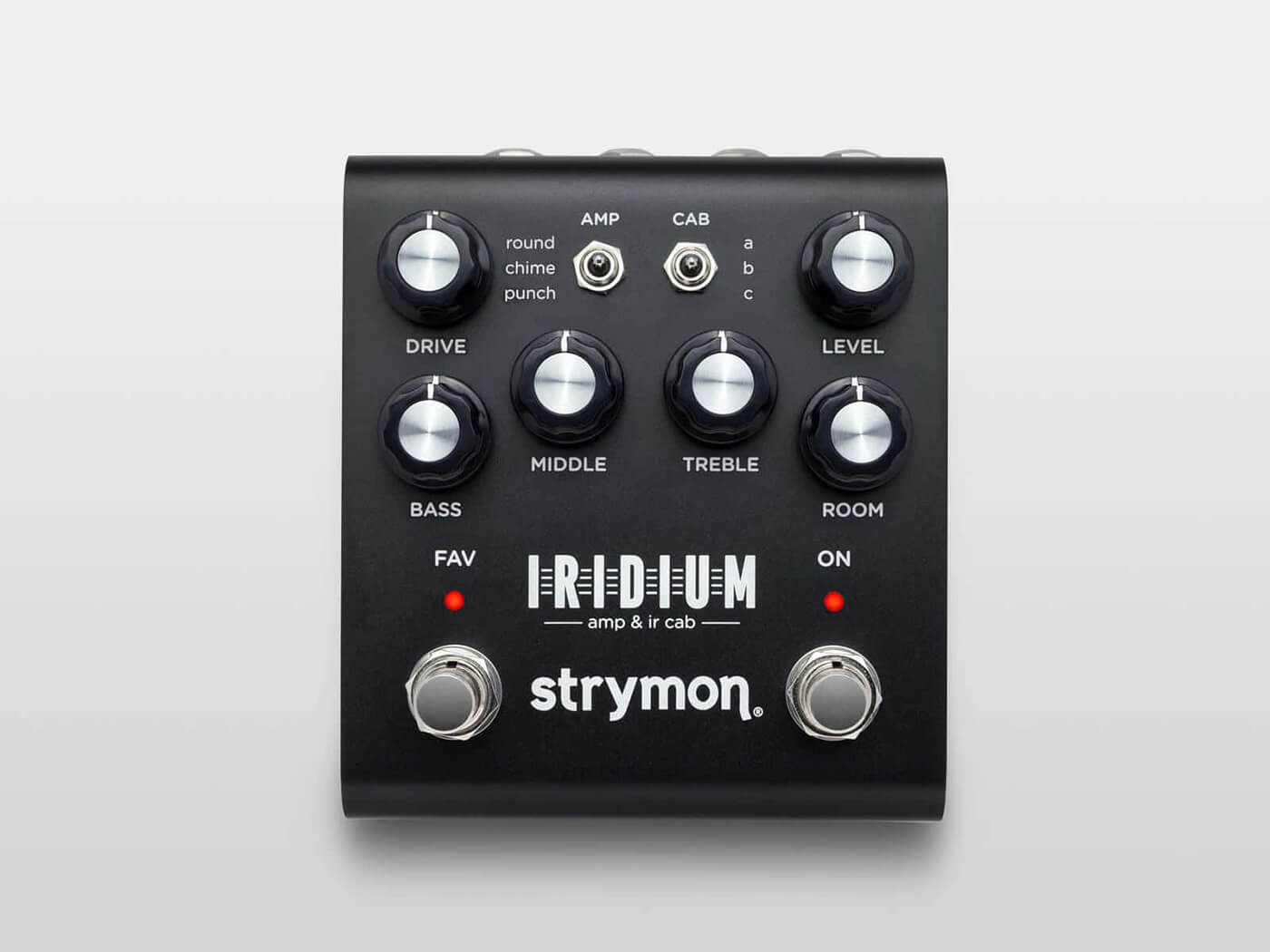
+ Streamlined and efficient in its selection of tones
+ Realistic room ambience reverbs
– Might be too limited for some
Arguably one of the most important pedalboard amps to arrive in recent memory, as it upped the game when it comes to how much power is hidden under a relatively simple interface. That’s right, no menus here.
The Strymon Iridium puts three iconic amplifiers and nine different impulse response speaker cabinets at your disposal, all from the convenience of your pedalboard. The Room knob also allows you to control the level of natural room ambience and toggle between three room sizes (small, medium and large).
Price: $399/£399
Description: Amp modeller and impulse-response cabinet-simulator pedal
Built-in power amplifier: No
Mono or stereo: Stereo
Read our Strymon Iridium review here.
BluGuitar Amp 1 Mercury Edition
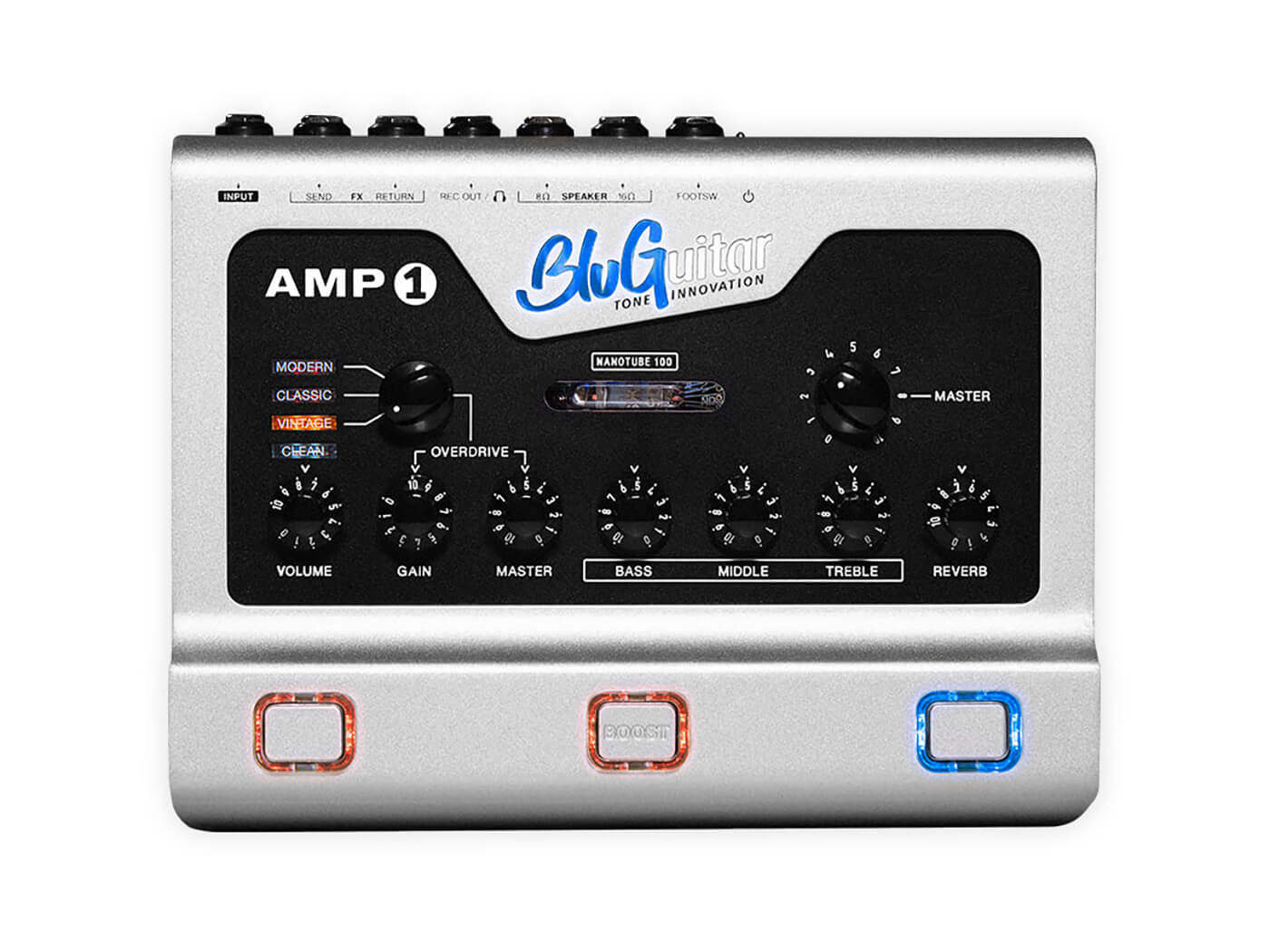
+ Perfect floor rig for fans of loud and straightforward amp heads
+ Nanotube gives responsive, analogue feel
– Not much in the way of cab sim control for the direct connection
It’s hard to imagine a pedalboard-size amp packing 100 watts of power, but BluGuitar’s Amp 1 does just that. Its features include four independent and full modifiable channels, speaker simulation output for recording, and three integrated footswitches. The Amp 1 also employs Nanotube technology for even greater tonal precision.
Price: $800/£599
Description: Solid-state analogue floor-based amplifier
Built-in power amplifier: Yes
Mono or stereo: Mono
Hotone Mojo Attack

+ Loud and compact
+ Balanced output is a plus for a pedalboard amp of this style
– Limited on-board effects
The Hotone Mojo Attack carries two of the most beloved tones of guitar-dom: American Tweed cleans and SoCal distortion. You might think that only having two amp voices to choose from may be limiting, but you can expect to cover a good amount of tonal territory between the two.
Price: $320/£199.99
Description: 75-watt dual floor amp
Built-in power amplifier: Yes
Mono or stereo: Mono
Seymour Duncan PowerStage 170
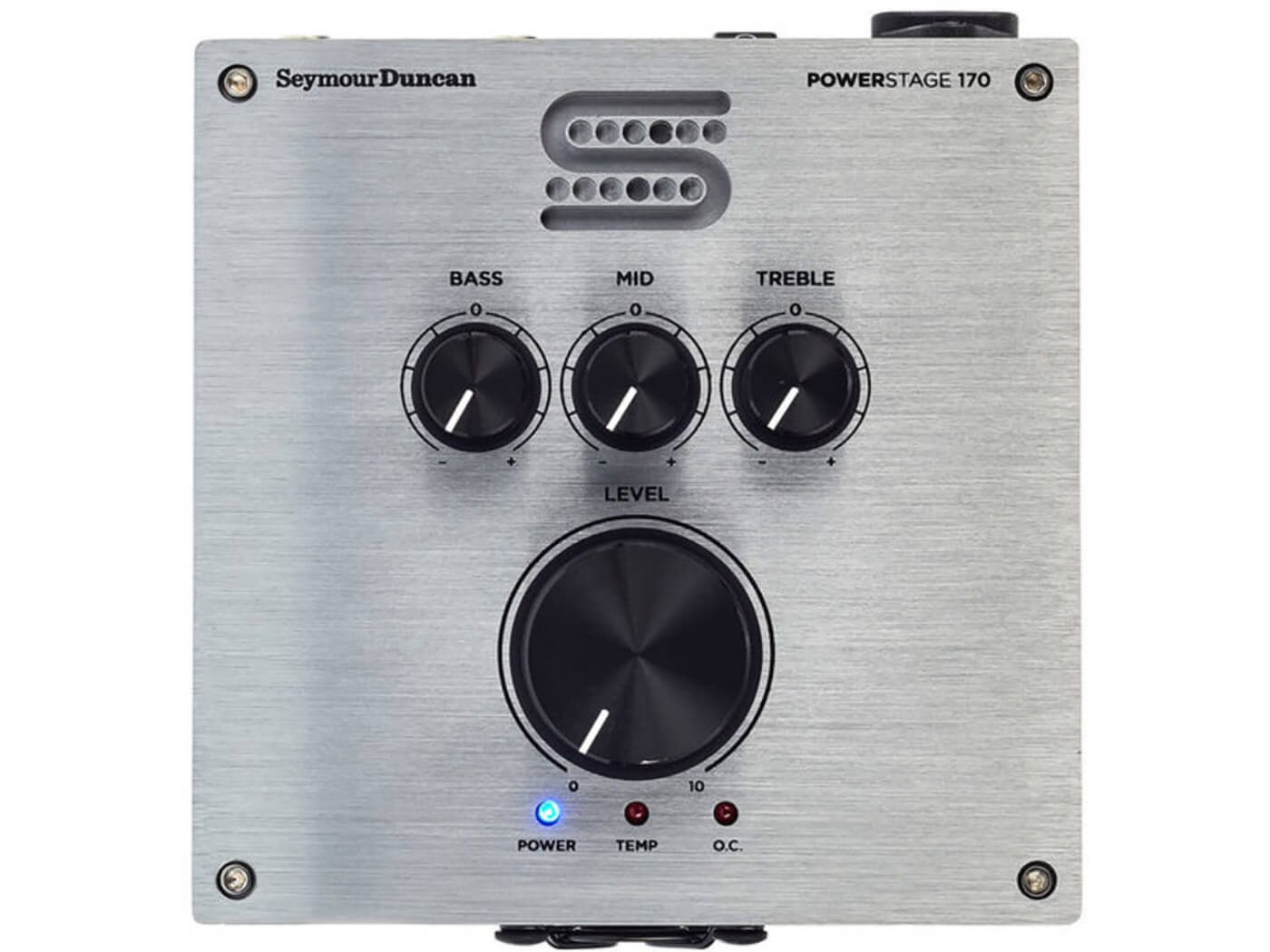
+ Transparent, powerful amplification
+ Compact, minimalist design
– No on-board effects or headphone/direct option
If the core of your tone resides on your pedalboard, then Seymour Duncan’s PowerStage 170 might be hard to resist. Aside from being small enough to be mounted directly on a pedalboard, the unit offers 170 watts of power, driven by a clean preamp section for easy replication of the rest of your rig. A three-band EQ tweaks the preamp to provide the desired platform for digital modellers or other pedals. While it might not be able to replace your entire rig, it’s a great option for turning your board into an ampless setup.
Price: $399/£329
Description: Compact preamp and power amp with straightforward controls
Built-in power amplifier: Yes
Mono or stereo: Mono
Milkman Sound The Amp

+ Beautiful design
+ On-board effects include great old-school reverb and tremolo
– Might be too large for your needs/rig
Despite its unassuming exterior, The Amp boasts 50 watts of power running through a discrete Class-A circuit. Designed to replicate the harmonics and high fidelity tones associated with tube amps, Milkman Sound’s pedalboard amp also has on-board reverb and tremolo effects. The Amp also features a ‘pedal level’ output that allows it to be used as a front end of a pedalboard or as an amp-like effect on the back end.
Price: $699/£649
Description: 50-watt guitar amp with tube-powered preamp and Class D power amp
Built-in power amplifier: Yes
Mono or stereo: Mono
For more buyers’ guides, click here.

